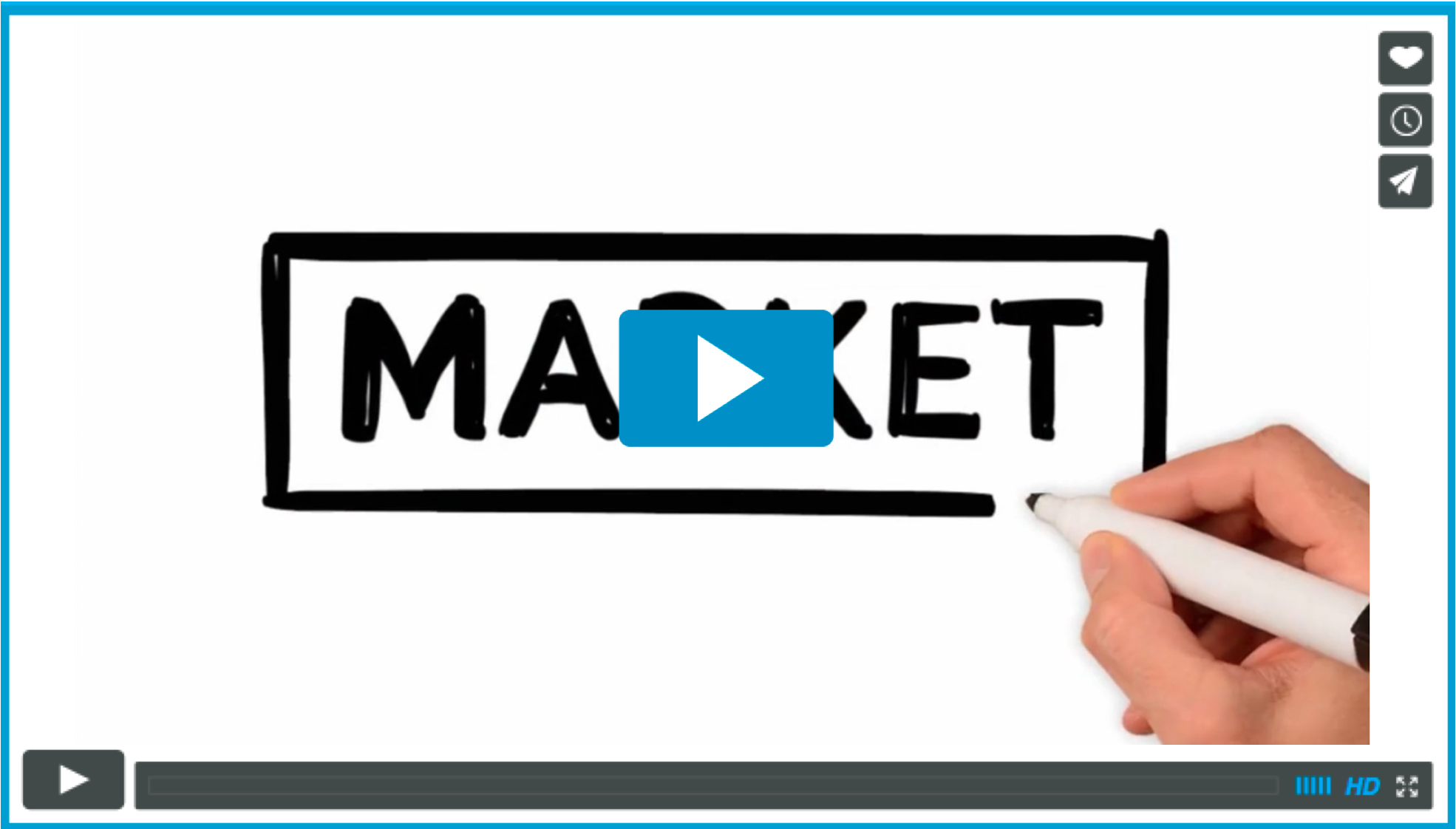Over the summer break, I was at the beach having a beer with a mate who I will call Nigel. Now Nigel’s street had just been wired with fibre and he was looking forward to migrating to a new fibre plan and was wondering what service he should get. Should he go ‘naked’ or the bundle with a phone line? My answer was simple, there will always be more value in the bundle, the question is do you really need that value?
What the hell does that mean?
Let’s start at the beginning. In consumer marketing, pricing is one of the most misunderstood and undervalued levers that you can play with. If marketing is the combination of art and science, then pricing is the combination of art, science, psychology and economics. Done correctly it can add millions of dollars to the bottom line while giving massive value to the consumer.
Price isn’t simply the number on the sticker. There is a whole lot more behind it than that. I have previously explored the psychology of popcorn pricing, petrol values, the incumbents pricing dilemma and subscription pricing.
My stomping grounds of telco and media have traditionally been the masters of bundling pricing, ensuring that it benefits both buyers and sellers. So let’s start with a simple hypothetical example.
How bundling benefits both consumers and sellers
In this example which I have adapted from this article, Sky is trying to identify what price is the optimum for two customers, one is a sports and rugby fan and the other is a documentary fan
| Sports Channels | Documentary Channels | |
| Rugby Fan | $10 | $3 |
| Documentary Fan | $3 | $10 |
What price should Sky charge to maximise revenues?
- The first task is to identify how much the buyer is willing to pay and then to ensure that the customer gets a benefit from the purchase is to set a price below that. The difference between the buyer’s upper limit and the price charged is called the consumer surplus.
- In this example, we set the price at 10% below the customer’s willingness-to-pay i.e. there is a 10% consumer surplus.
- The psychology of the bundle pricing is based on an anchor point and then optimise for value.
- The underlying assumption is that as the rugby fan does not put much value on the documentaries they will only purchase the sports package given the choice and vice versa.
- If the Sports Channel and the Documentary Channel were sold individually, the revenue maximising price would be $9 ($10 with a 10% discount).
- Therefore Sky would get $18 in revenue (one sports fan and one documentary fan)
- By bundling the Sports and Documentary Channels, Sky can charge each customer $11.70 ($13 discounted 10%) for the bundle, giving a combined revenue of $23.40.
- The consumer surplus would be $1 per customer in the non-bundle and $1.30 in the bundle.
- Therefore both Sky and the consumers benefit from bundling, with increased ARPU (average revenue per user) and increased customer surplus.
What does that look like for Sky in real life?
Let’s look at the Sports only fan:
- If they want Fanpass online delivery of services you can buy a month’s worth of the sports bundle for $55.99
- Yet if you were to buy the standard broadcast Sky service you have to buy the basic bundle for $49.91 and then Sports for $29.90, so a total of $79.81 per month.
- The psychology that Sky is aiming for is that the calculation you do in your head is, ‘sure I only want rugby but for an extra $23 dollars I get a month’s worth of all of those other channels, and while I don’t rate them as highly as I do as sport, they are probably worth $23 dollars to me’.
- In reality, Sky isn’t trying to move you from a sports only package to the full bundle but their intention is to stop customers from trading down from a full bundle to a sports only package.
In my telco days, we had a strategy of a lot more for a little. This was 6 years ago and to put this in context this was in the days before big data bundles, unlimited voice and text. We had a pricing program that was designed to give massive value to the customer for a relatively small price increase and it worked.
- As an example, the customer may have had 200 minutes, 2000 texts and 500mb of data and paid $39 per month for this. We would offer them an upsell bundle for an increase of say $5 dollars that gave them an extra 200 minutes, 5000 texts and 1GB of data, giving them a lot more (double the value) for a little (only $5).
- While in reality, it was a little more complex than this the telco got $5 more ARPU from every customer that took the offer and at the same time the customer, who would not have otherwise purchased it, received significant benefits.
Now back to the issue at hand, what should Nigel do? Well, the choice is Naked Fibre for $95 per month or Fibre plus a phone line for $105 per month.
Nigel, how much do you value that phone line?
Key Take Away:
- Done right bundling is a beautiful way to increase ARPU (average revenue per user) or average basket size while giving massive value to the customer.
This post was originally posted on www.theexponential.agency




